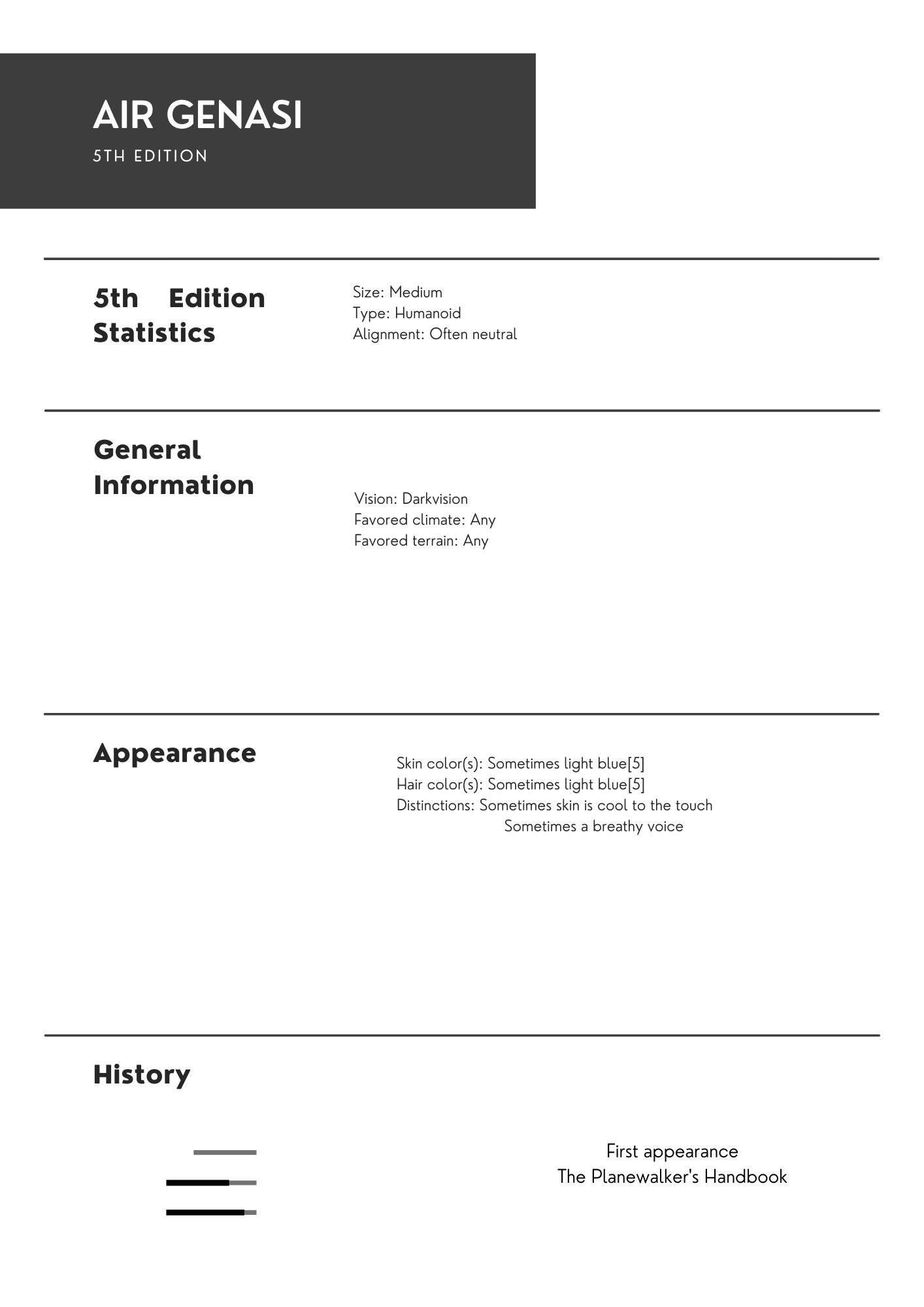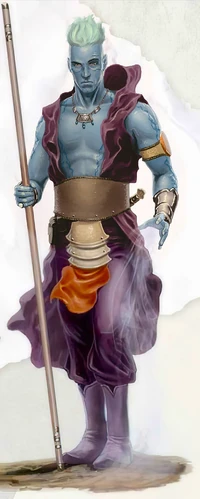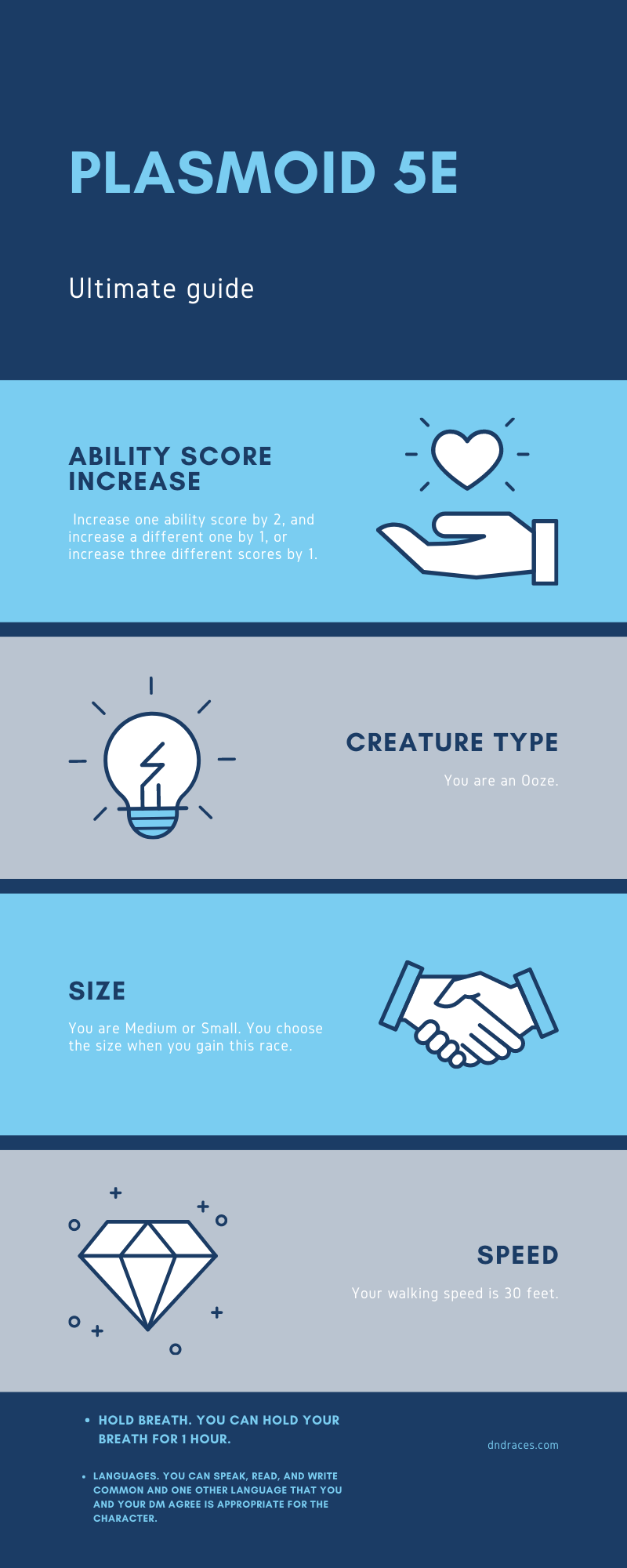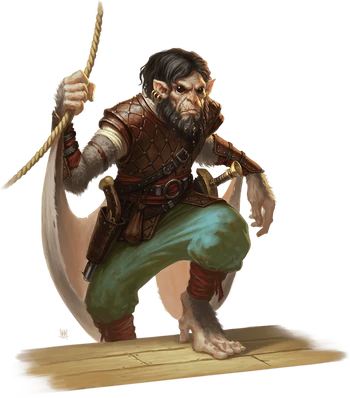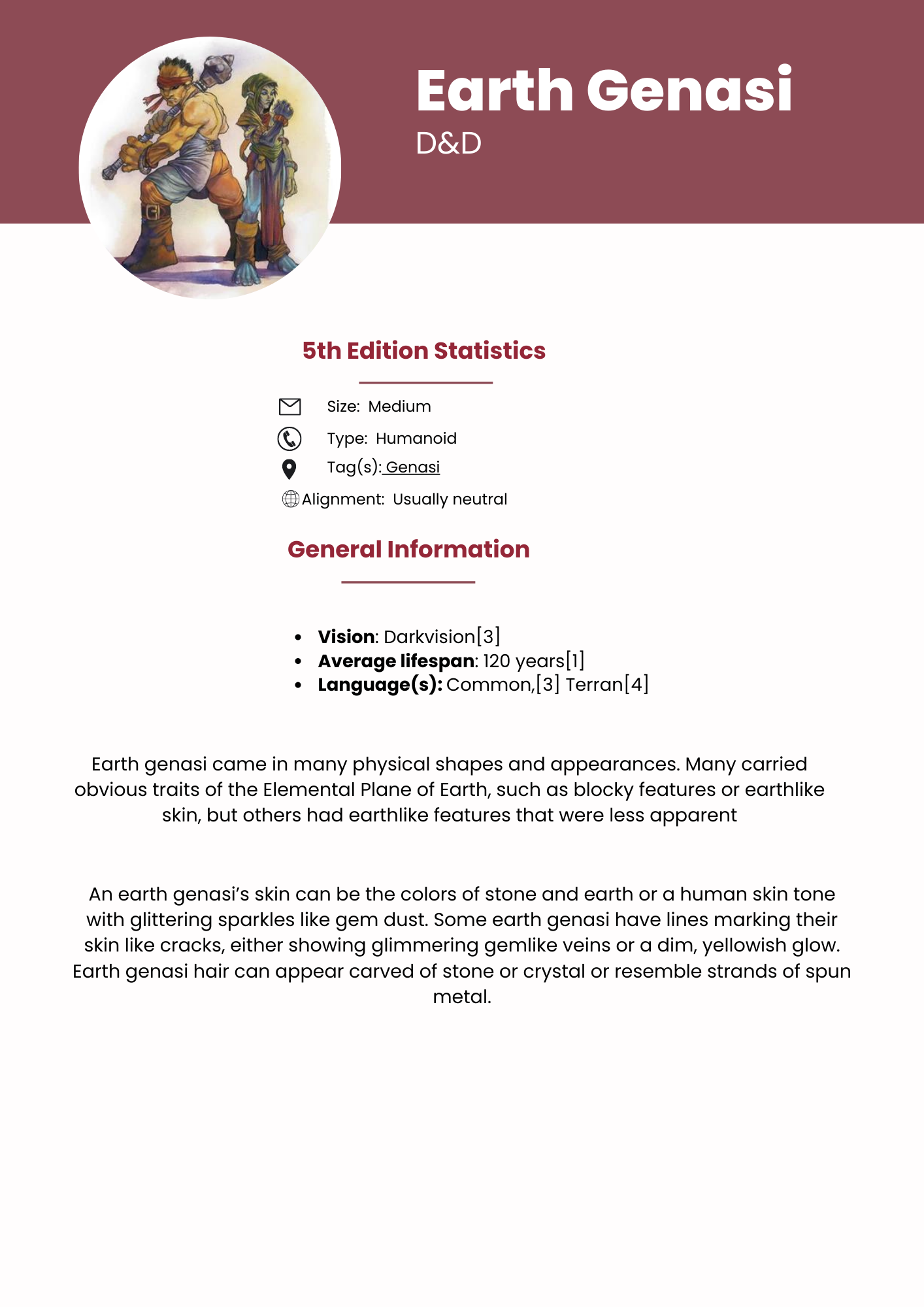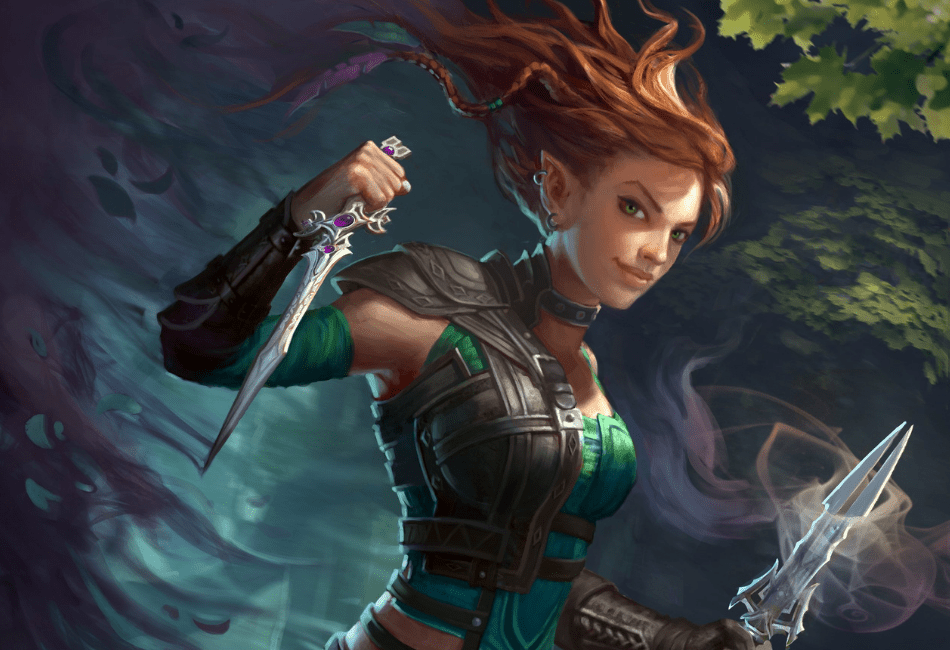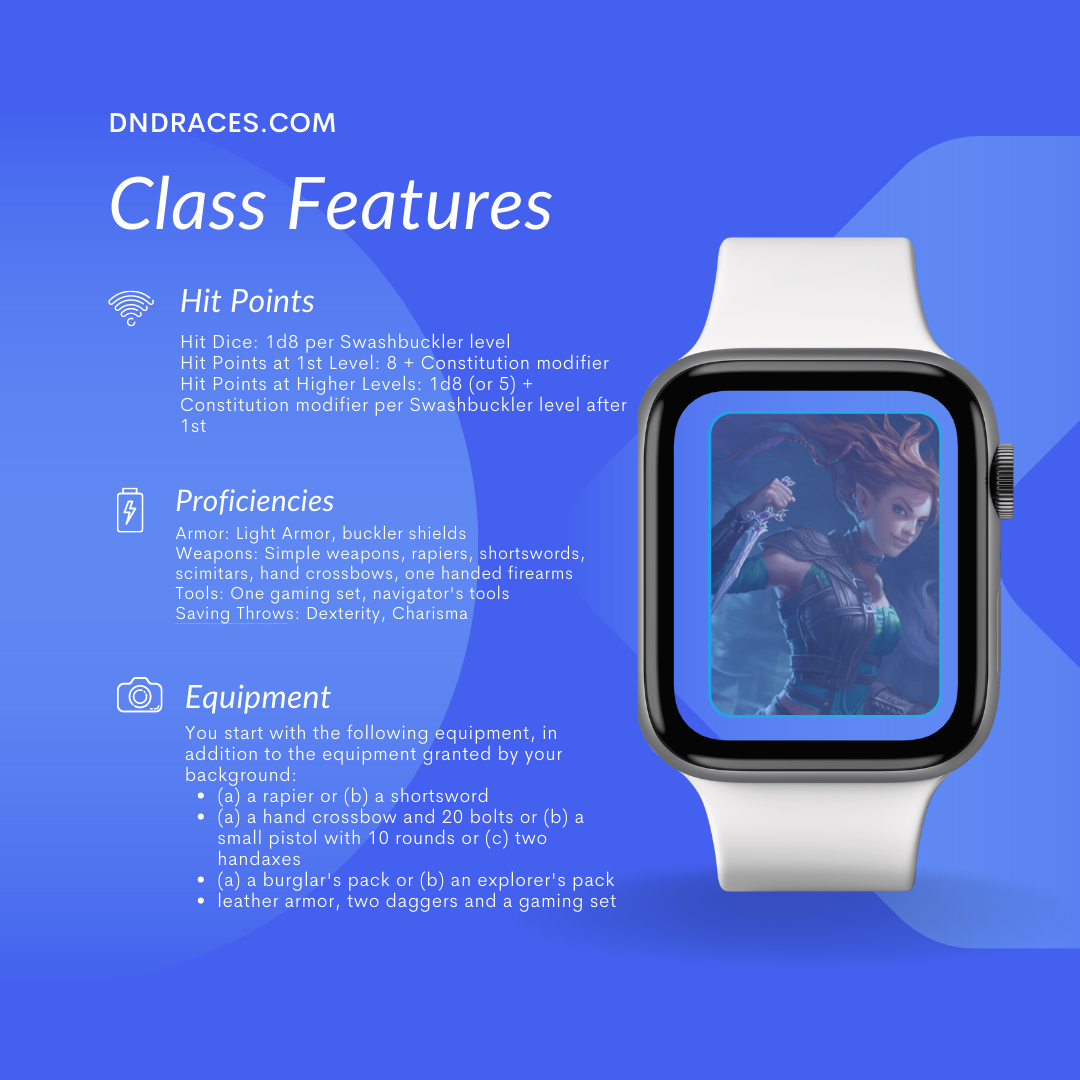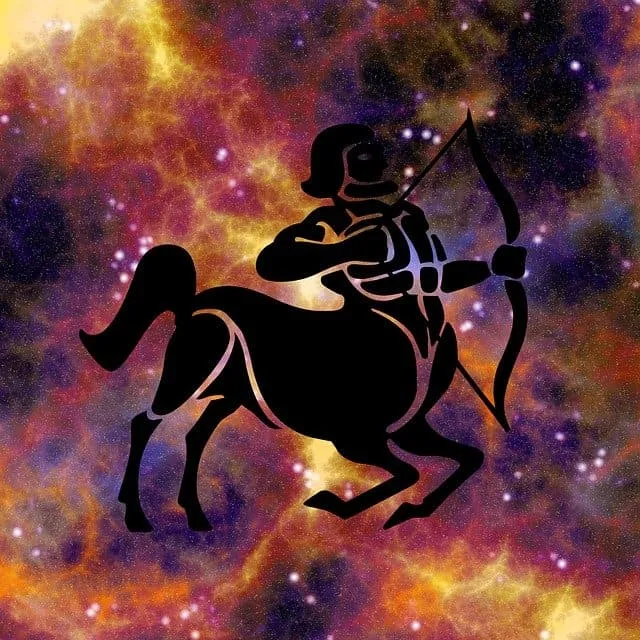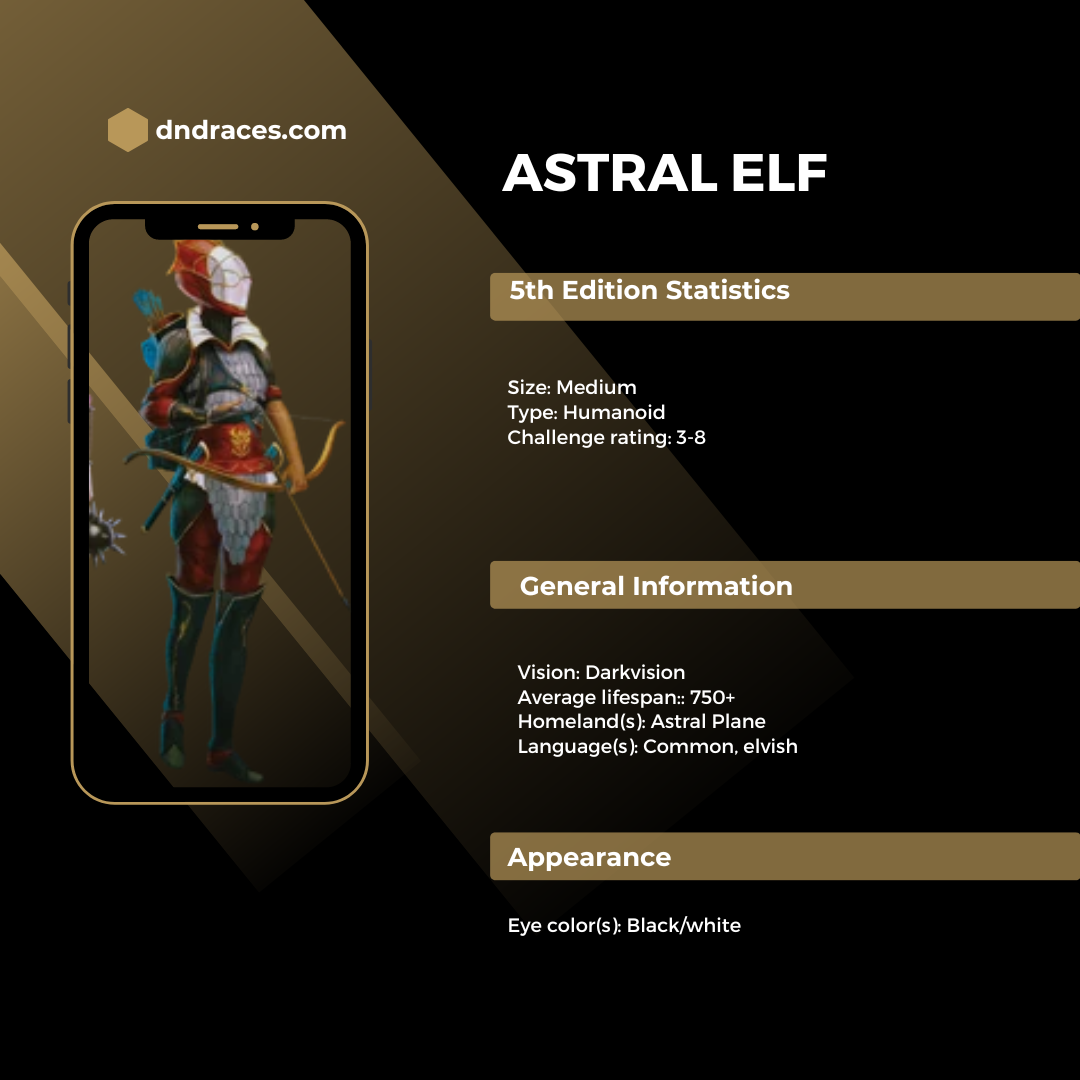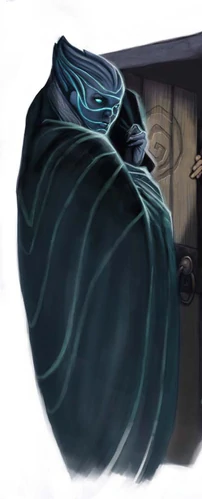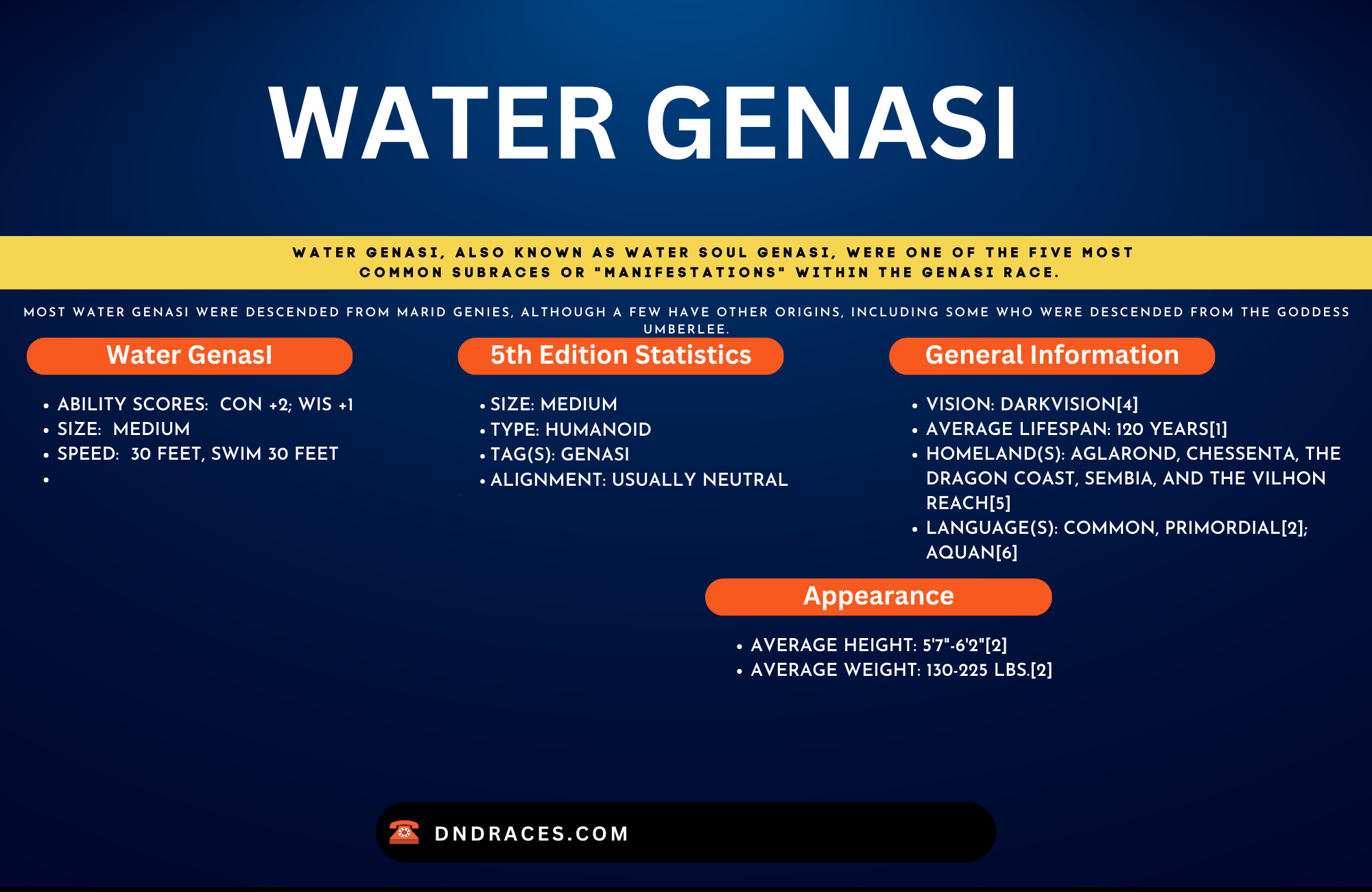In Dungeons & Dragons 5th Edition, a Fire Genasi is a race of humanoid beings with ancestry tied to the elemental plane of fire. Genasi, in general, are individuals with a powerful connection to the elemental planes, and Fire Genasi specifically have inherited the fiery characteristics of the Plane of Fire.
Fire Genasi 5e is a popular Dungeons and Dragons character race. They embody the element of fire, with a range of physical attributes that set them apart from other races. Fire Genasi combines the power of flame with human-like features to create a mighty warrior capable of handling any challenge.
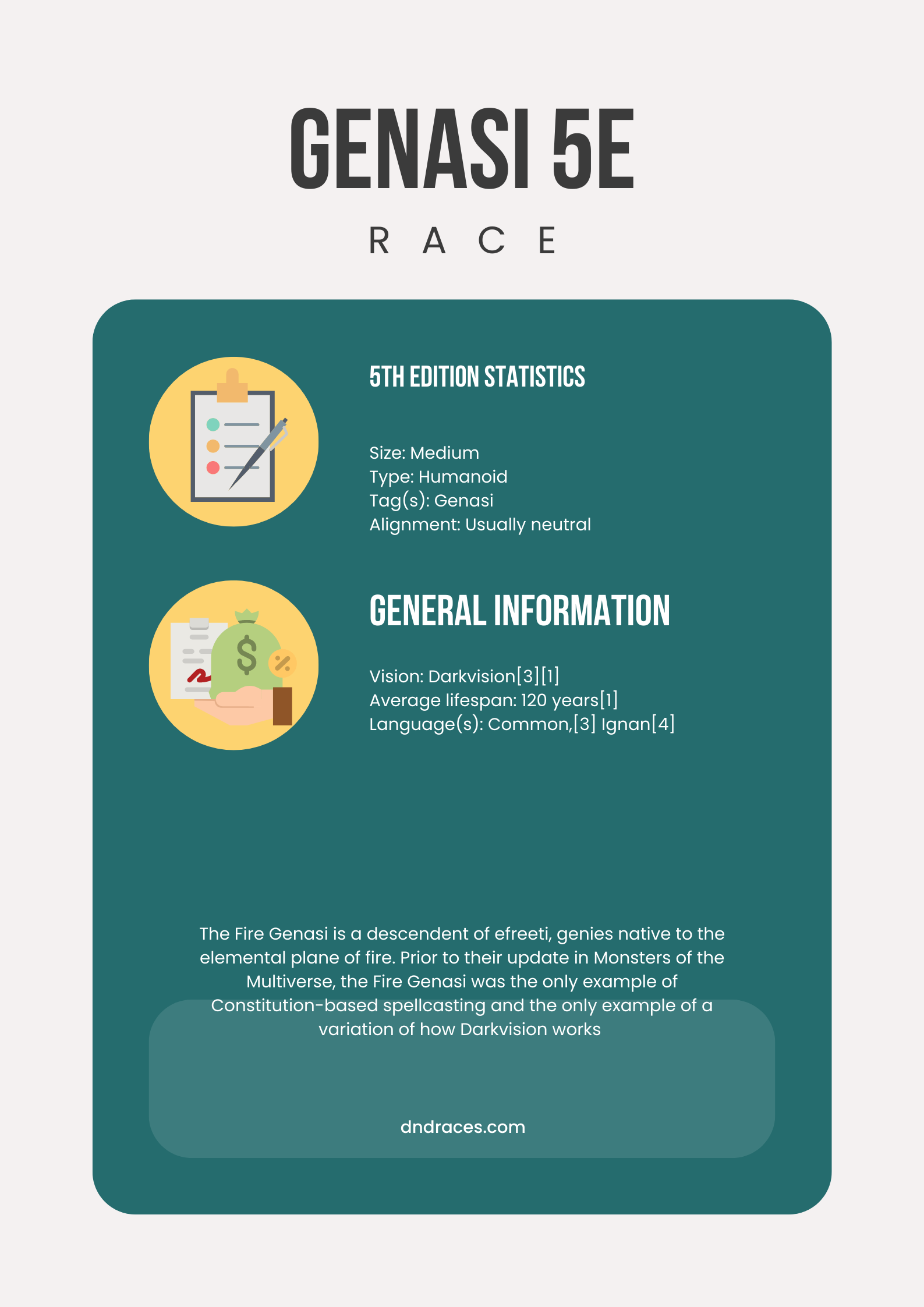
Genasi 5e
The 5e version of Fire Genasi stands out among its peers due to the numerous benefits it offers players in terms of stats, abilities, and proficiencies. Fire Genasi can use its flames to gain an edge against opponents in combat while also being able to resist damage from both magical and nonmagical sources. Additionally, they possess an innate ability called Reach, which allows them to imbue weapons with the power of fire at will.
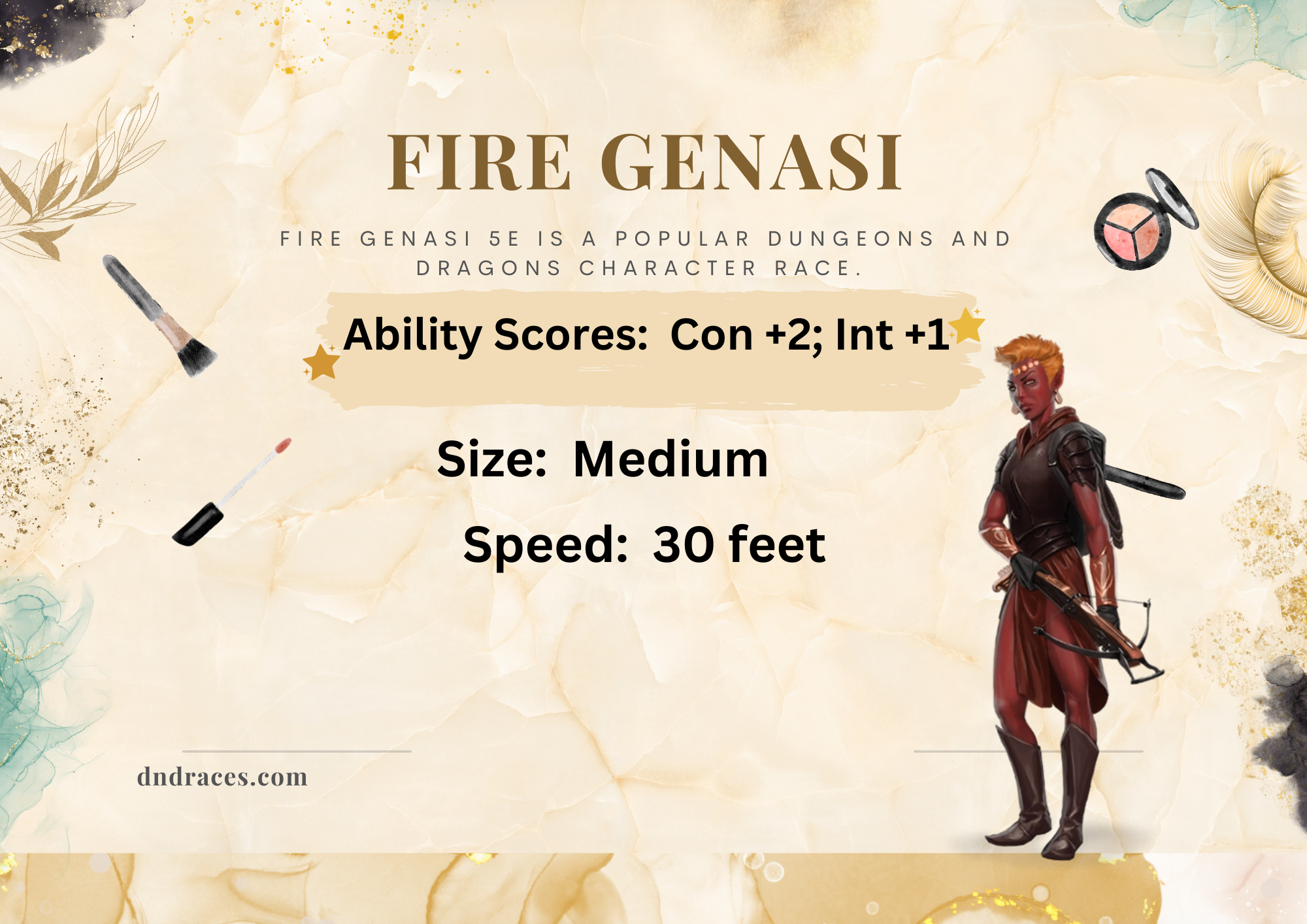
Ability Score Increase
A Fire Genasi’s ability score increase grants them +2 to Constitution and +1 to Intelligence, making them incredibly hardy and wise. This bonus helps protect Fire Genasi against natural hazards such as extreme temperatures, while their increased Intelligence allows them to think faster on their feet in dangerous situations.
Age
Genasi are as varied as their mortal parents but are generally built like humans, standing from 5 feet to over 6 feet tall. Your size is Medium.
Speed A Fire Genasi’s base speed is 30 feet per round, but there are ways to increase that number with certain spells or racial abilities. When used correctly, this can significantly affect how quickly your character moves about the battlefield.
Darkvision
Darkvision gives Fire Genasi a distinct advantage when exploring dark or underground environments and makes them ideal candidates for adventurers who traverse such areas. With this ability, they can spot obstacles or enemies before they come into view, aiding in survival and conflict resolution.
Fire Resistance
The 5th edition rulebook offers detailed descriptions of the fire resistance abilities of Fire Genasi, including immunity to nonmagical fires and halved damage from magical fires.
Languages
A fire Genasi can learn up to three different elemental DnD languages depending on their background. They have access to Ignan, Primordial, and Auran, representing the elementals of Fire, Earth/Air/Water, respectively. Each language has its distinct alphabet and set of rules for pronunciation that must be followed by any who wishes to speak it correctly.
Fire Genasi Classes
Fire Genasi are an exotic race of elemental humanoids found in the Dungeons & Dragons 5th Edition game. Their unique fire-based abilities and backgrounds make for some of the most influential and exciting characters to play. Fire Genasi has a variety of classes to choose from that not only give them access to powerful spells and abilities but also provide them with intense roleplaying opportunities.
The five central fire genasi classes in the 5th Edition are;
- Wizard
- Sorcerer
- Warlock
- Cleric
- Fighter
Wizards can manipulate flame elements with spells such as Fireball or Wall of Fire, while Sorcerers use innate magical powers derived from their bloodlines to cast divine spells like Flame Strike or Flaming Sphere. Warlocks gain their magic through pacts with entities beyond reality; they can summon supernatural creatures such as Imps or even transform into a living inferno.
Key Features
- Elemental Resistance: Fire Genasi have resistance to fire damage, making them more resilient against attacks involving flames and heat.
- Darkvision: They possess the ability to see in dim light within 60 feet of themselves as if it were bright light and in darkness as if it were dim light.
- Fire Walk: Some Fire Genasi have a racial ability called “Fire Walk,” allowing them to cast the spell “Burning Hands” once per day without expending a spell slot.
- Control Flames: Fire Genasi can cast the “Control Flames” cantrip, enabling them to manipulate small flames.
- Produce Flame: Some Fire Genasi can cast the “Produce Flame” cantrip, creating a small flame they can use as a light source or as an offensive attack.
- Subrace Variations: Fire Genasi can have different subraces, each with its unique features. For example, some might have traits associated with the Efreet, a powerful fire elemental being.
Conclusion
The fire Genasi 5e is an interesting race that has many unique abilities. With the ability to control and manipulate flames, these creatures can cause a lot of destruction or unleash powerful spells. They possess great strength and agility and have a unique relationship with the elements of nature. As a player, you can create an exciting character with plenty of potential for growth and adventure. Additionally, their chaotic nature makes them unpredictable in any situation.

This is Ram Kenguri, I am a gamer and I’m the hero of a thousand stories. I’m a superhero, an assassin a soldier. I’ve slain dragons and traveled through portals. I am a spartan, a commander. A king. I’ve saved a thousand worlds and countless more lives. What am I? I’m a gamer.
